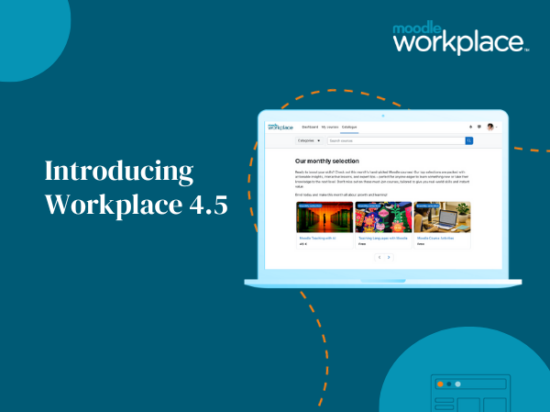Does your organisation have a learning strategy? If so, how effective is it? An effective learning strategy is long-term and results driven. When creating a learning strategy, an organisation needs to consider the culture, strategic leadership, challenges and trends as well as business goals. Here’s our six steps to an effective learning strategy.
1. Link your e-learning objectives to your organisation’s strategic vision
Identify where your organisation is heading, what the goals are – consultation with stakeholders will ensure their buy-in and provide focus on what they want to achieve. Aligning your learning strategy with the organisations goals will help instructional designers to design, develop, and implement training that will achieve the organisations strategic vision.
2. Conduct a Needs Analysis
Understanding where the gaps in staff performance are will provide focus:
- where you need to create training solutions
- what the business demand for development
- provide learning nuggets to up-skill staff
3. Choose the right tools and technology to support your learning strategy
Tools and the technology you choose to use will support your learning strategy. In choosing the right learning management system consider reviews, features, functionality and cost before deciding on the best LMS for your organisation.
Authoring tools such Lectora, Captivate, Adobe will help instructional designers design and develop engaging and interactive solutions.
4. Create a project team of instructional designers and trainers
Create a team of trainers from within the organisation who understand the business and will focus and drive the training towards achieving the organisation’s strategic vision.
5. Market e-learning within the organisation
Learners need to know why they should do the training; communicating the benefits of the training will help get their buy-in and participate in the training offered. Adult learners need to know why they should learn and do the training; highlighting the professional development they can gain will add value to their training.
6. Ensure you can measure and evaluate the results
Get learner feedback after training to help improve and retain knowledge acquired. Following up after training through coaching and mentoring will help managers, in consultation with instructional designers, to evaluate the training and its effectiveness.
Creating an effective learning strategy that supports the organisation’s goals will help achieve financial results and promote the organisation as an expert in its field because its employees are knowledgeable. Developing a learning strategy requires the buy-in of stakeholders and staff in ensuring its success and effectiveness.







